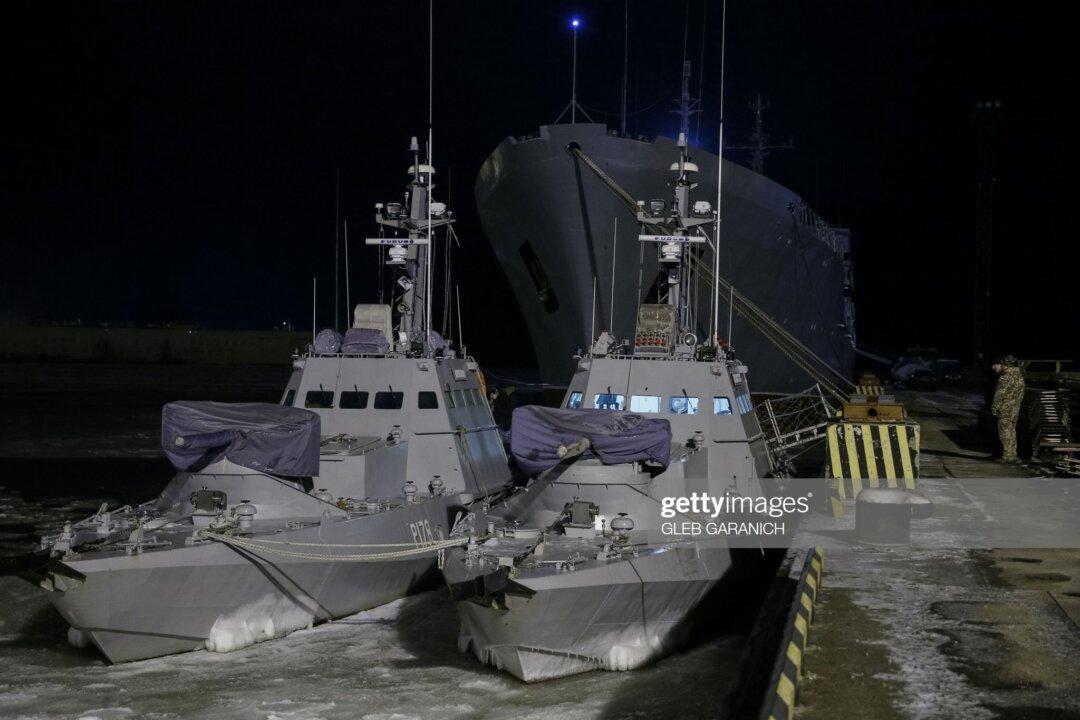To be a good peacekeeper, first you must be a good soldier—General Gordon Sullivan, former-U.S. Army Chief of Staff
Despite the reality that nasty wars are ongoing in both Iraq and Syria (and a frozen-in-place war in Ukraine) as well as vicious fighting in multiple African countries, the “peacekeeping” concept has garnered new prominence. Peacekeeping is the designated flavor of the year for multiple “little wars,” ranging from Libya to Egypt’s Sinai and specific military conflicts in Mali, South Sudan, Central African Republic, and Democratic Republic of Congo.
It is a feckless exercise—Band-Aids rather than surgery.
To review the bidding and some history.
As of 29 February 2016, 124 countries were contributing 105,314 personnel in Peacekeeping Operations, with Ethiopia leading (8,324), followed by India (7,695) and Bangladesh (7,525).
Much of this participation is hardly self-abnegating sacrifice. UN reimbursement for troop-contributing countries per peacekeeper per month include: $1,028 for pay and allowances; $303 supplementary pay for specialists; $68 for personal clothing, gear and equipment; and $5 for personal weaponry. They are modern mercenaries and, as reflected by crimes committed by “peacekeepers,” hardly the best-of-the-best.
Recently, Canadian participation was nominal. Since 1995 Canadian direct participation in UN peacekeeping greatly declined. Where previously Ottawa never missed a chance to engage in peacekeeping (even if only contributing a handful of personnel), the precipitous decline came when Canada directed its participation to UN-sanctioned military operations through NATO, i.e. “warfighting” rather than directly to the UN.
In July 2006, for instance, Canada ranked 51st among UN peacekeepers, contributing 130 peacekeepers of a total UN deployment of over 70,000; where in November 1990, Canada had 1,002 troops of a UN deployment of 10,304.
Now, however, Canada is contemplating return to “peacekeeping.” The Liberal government’s concept of peacekeeping falls into the “We’re not Stephen Harper’s Tories” category of avoiding expeditionary military activity such as Afghanistan. Even more cynical is the implicit thought that Canada-the-Peacekeeper will get more votes when seeking a seat in the 2021 Security Council election.
But if there is some vague amorphous concept of once-upon-a-time peacekeeping which featured the equivalent of civilians in military garb, “back to the future” will prove a bitter, perhaps bloody, comedownance. Perhaps Canadians mental image is the Cyprus peacekeeping role (1964-1993) where 25,000 Canadian troops, often in battalion size, cycled through the island to keep the Greek and Turkish Cypriots from each other’s throats.
There was a largely observed, neatly defined “Green Line” dividing hostile communities, making for rather dull tours of duty. Eventually, concluding that it was simply wasted money that could be handled by a troop of Boy Scouts, Ottawa withdrew.
But now we have Canadian Defense Minister Harjit Sajjan having returned from a tour of Mali, South Sudan, Central African Republic, and Democratic Republic of Congo. His travel gave the impression of desperately searching for an assignment where Canadian military personnel will not get killed and conclude with national acclaim.
Upon Saijan’s return, Ottawa, announced that Canada will commit 600 troops, including engineers and medical personnel with ancillary helicopters and other aircraft.
But there was no announcement as to where they would go and when; subsequently, senior officials have been fibrillating over “where” but intimating a peacekeeping contingent will be ready by year’s end.
Happily for Canadians, forces are not on the tarmac waiting for aircraft to take them into the never-never. There is still time for third thoughts:
First, none of the countries mentioned in the Sajjan tour have identifiable action/responsibility parameters that Canadians would control;
Second, there are no exit strategies—these countries have open-ended problems;
Third, casualties will be significant. Canadians are body bag adverse;
And, finally, there is an obvious circumstance in Canada’s “backyard” offering far better opportunities for success and accomplishment: Haiti.
Haiti remains a long-running semi-disaster. It is far from recovered after the 2010 earthquake with housing and infrastructure in deplorable condition exacerbated by new destruction from Hurricane Matthew. Moreover, the UN force currently in the island is associated with creating a cholera epidemic.
In contrast, Canada has considerable experience in Haiti with many Canadian-Haitian citizens. They can provide solid linguistic and cultural basis for understanding issues involved. The country has defined parameters; its culture is comprehensible and its politics, although chaotic, are not characterized by armed insurgency. There are identifiable objectives for rebuilding the country.
In short, Canada should “adopt” Haiti. It should make rehabilitating Haiti its long-term objective for which traditional “peacekeeping” would be relevant and use Canadian Forces as organizers and implementers. Rewards would be tangible and globally apparent. Moreover, there would be no body bags.
David T. Jones is a retired U.S. State Department senior foreign service career officer who has published several hundred books, articles, columns, and reviews on U.S.–Canadian bilateral issues and general foreign policy. During a career that spanned over 30 years, he concentrated on politico-military issues, serving as adviser for two Army chiefs of staff. Among his books is “Alternative North Americas: What Canada and the United States Can Learn from Each Other.”





